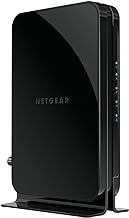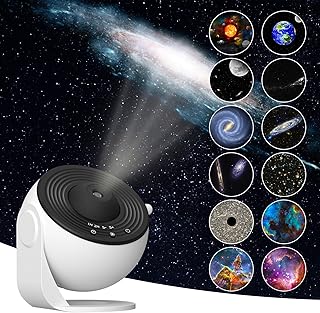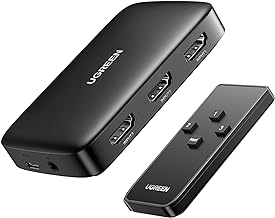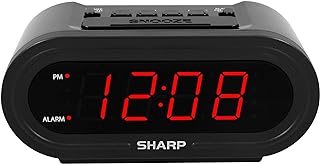5 important factors worth considering when looking for the best preamp for antenna
In the world of audio equipment, choosing the right preamp to use with your antenna is more than just looking at technical specs. It involves considering signal clarity, power, and features to enhance your listening experience. Important factors include durability in different weather conditions and compatibility with different antennas. With more preamp options available, buyers need to look beyond the basics to find a preamp that balances performance and value. It’s important to find a preamp that combines both style and function, creating a perfect mix of technology and great sound.
See our guide to the best preamp for antenna.
Gain
When you’re thinking about buying a preamp for your antenna, the amount of gain it has is really important. Gain helps make the incoming signal stronger, which means you’ll get better reception and performance. A preamp with higher gain can improve the quality of the signal, especially in areas where the signal is weak or noisy. Boosting signals well can make a big difference in how many channels you can get and how well your antenna system works.
However, it’s important to pick a preamp with the right amount of gain for your situation. If you choose one with too much gain, it could cause signal overload or distortion, which would cancel out the benefits. Knowing how much gain you need based on your location and signal strength will help you get the best performance without any extra problems. Ultimately, picking a preamp with the right amount of gain can help you get the most out of your antenna system and make your TV-watching experience even better.
Noise figure
When you’re looking to buy a preamp for your antenna, one important thing to think about is its noise figure. The noise figure shows how well the preamp can make the signal stronger without adding too much extra noise. It’s best to choose a preamp with a low noise figure because it means the signal will be clearer and stronger, making it easier to pick up weak signals and reducing unwanted interference. Even though it might be tempting to pick a cheaper preamp with a higher noise figure, it’s better to invest in one with a lower noise figure because it will improve your antenna’s performance and reception.
Not only does a low noise figure help amplify signals, but it also helps your system work well in different situations. A preamp with a high noise figure might struggle to separate weak signals from background noise, leading to unclear reception and possibly missing important transmissions. By focusing on the noise figure when choosing a preamp, you can make sure your signals are clear and protect your system from potential noise issues. Ultimately, selecting a preamp with a low noise figure is a smart choice that can improve the quality and reliability of your antenna setup.
Frequency range
When choosing a preamp for your antenna, it’s important to consider the frequency range. Matching the preamp to your antenna’s frequency range can improve signal strength and reduce interference, leading to better reception of your favorite channels. Ignoring the frequency range when buying a preamp may result in lower performance and limit the benefits of your antenna.
Additionally, a preamp with a wide frequency range offers flexibility and prepares your setup for potential changes in broadcast frequencies. Investing in a versatile preamp ensures you can adjust to new broadcast standards without replacing your equipment. Prioritizing the frequency range when picking a preamp shows a commitment to maximizing your antenna system’s performance and longevity.
Ultimately, selecting a preamp with the right frequency range is not just about technical details but a smart choice that can greatly enhance your viewing experience.
Power supply
When choosing a preamp for your antenna, it’s important to consider the power supply. The power supply is crucial for how well your preamp works and how long it lasts. Using a good quality power supply ensures your preamp gets steady and reliable power, which affects how well it boosts signals. A strong power supply can reduce noise and give a cleaner power signal to improve signal quality.
A properly matched power supply can also protect your preamp from power surges and changes in power. By investing in a good power supply, you not only improve your antenna system’s performance but also keep your equipment safe from potential damage. Your power supply is like the backbone of your preamp setup, and picking a reliable one can really boost the efficiency of your antenna system.
Connectors
When you are looking to get a preamp for your antenna, it’s really important to choose the right connectors. These connectors need to work well with your preamp, antenna, and other equipment to make sure the signal transfers smoothly. You shouldn’t just pick any connector that fits – you need to choose one that will improve how well your system works. A good connector can greatly improve the quality of the signal, reducing interference and making the channels clearer. It connects all the parts of your system, allowing the signals to flow smoothly and without interruptions. This leads to a better viewing experience for all the antenna enthusiasts out there.
In the preamp world, forgetting about how important connectors are can really hurt how well your setup works. Getting high-quality connectors might seem like a small detail, but it can make a big difference in how well your antenna system works. By choosing sturdy, well-made connectors that work with your specific preamp and antenna models, you are taking a step towards making sure your signal reception is as good as it can be. In a world where being precise and consistent is really important, the right connectors can make your setup go from good to great. They can make your viewing experience smooth and immersive, letting you dive into all the broadcasted content out there.
Conclusion
Investing in a good preamp for your antenna can make your TV watching experience better. It boosts signal strength and reduces interference. The preamp helps weak signals become stronger, and it makes the picture clearer and the sound quality better. A preamp amplifies the signal before it gets to your TV, which can really help if you live in an area with bad reception. Choosing the right preamp for your setup can make a big difference in how well you enjoy watching TV. Want more info on bike locks with alarms, check the best bike locks with alarms.



